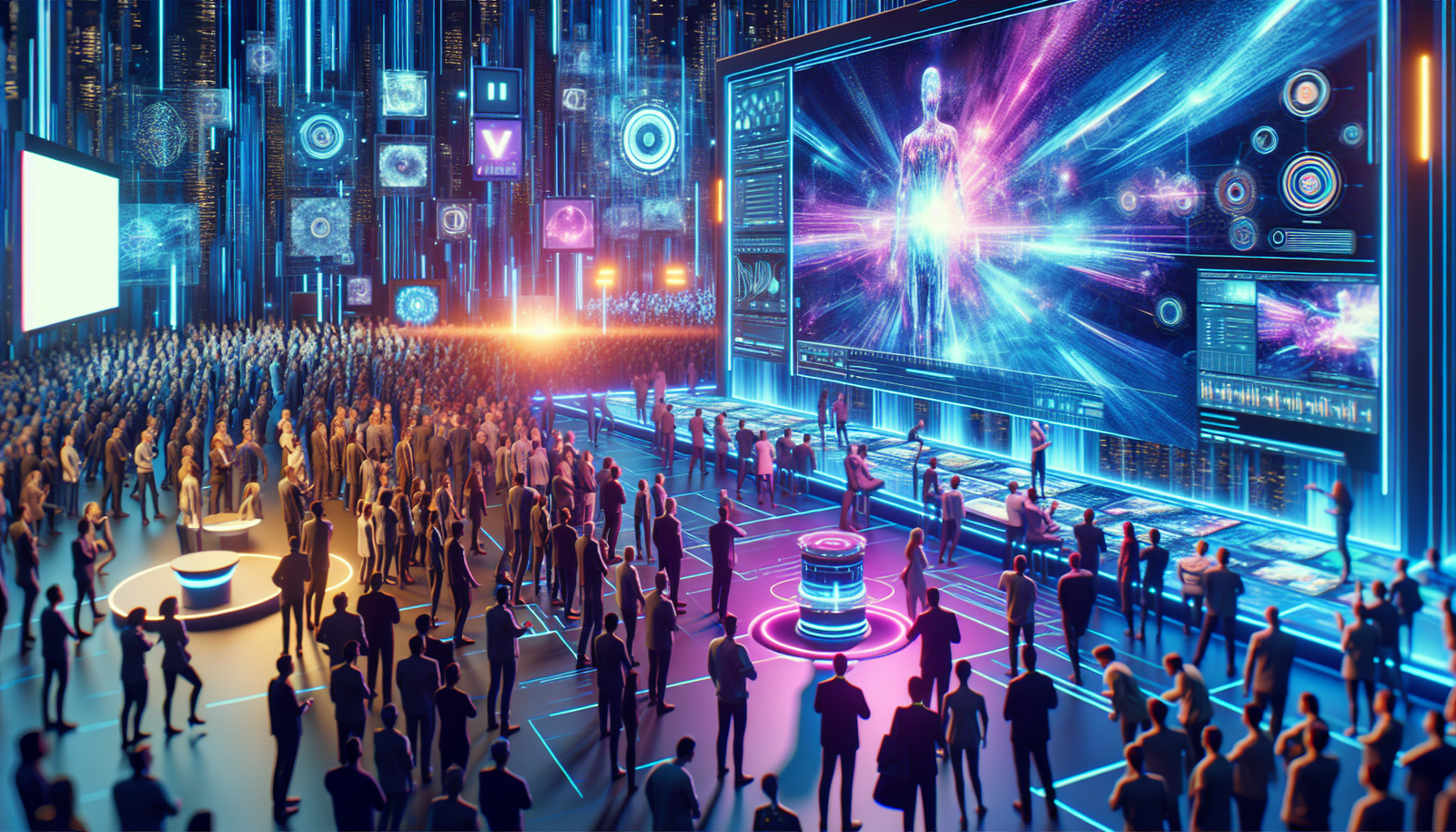A striking evolution in digital creation. Google is engaged in a fascinating technological battle, directly competing with OpenAI. Recent advancements in artificial intelligence highlight unprecedented capabilities for generating visual content. Video generation reaches a new level of realism. The company introduces Veo 2 and Imagen 3, revolutionary AI models for easily creating videos and images of stunning quality. The creative potential extends well beyond expectations. Let’s analyze these groundbreaking innovations that redefine creativity through artificial intelligence.
Google aims to counter OpenAI’s momentum by introducing several innovations in the field of AI-generated video and images.
Published on December 17, 2024, at 11:10 AM
Veo 2: an optimized video creation model
After presenting Veo in May, Google launches Veo 2, an improved version of its video generation model. This update aims to enhance the understanding of real-world physics and the nuances of human movement. These improvements foster an increased realism for the videos produced by this model.
Veo 2 stands out for its ability to create synthetic videos and respond to specific requests. For example, a user can request a low-angle shot or a close-up of a face, and the system responds effectively. The suggestion of objectives like a wide angle or shallow depth of field is also integrated.
The maximum resolution is raised to 4K, allowing video productions lasting several minutes. Google assures that problems of hallucination such as unexpected objects or erroneous elements will be less common. Examples of videos produced by Veo 2 reveal impressive quality, although longer sequences remain to be verified.
Imagen 3: the reinvented image generator
The model Imagen 3 constitutes a significant advancement in image creation. Google states that this version offers “brighter and better-composed” images. Styles range from photorealism to impressionism, also including abstract and animated renderings. The update allows for increased adherence to instructions, refining the provided results.
Currently, Imagen 3 is accessible via Gemini since August 2024, although this update was initially reserved for ImageFX. The model’s ability to accurately follow user queries provides real creative flexibility.
Whisk: the innovative image remixing tool
In addition to these innovations, Google introduces a tool named Whisk. This instrument allows for merging multiple images into a single work. It is possible to import or generate images representing characters, scenes, and visual styles. Then, Whisk combines these elements to produce a new image.
This application makes the creative approach even more collaborative and intuitive for users. The possibilities for refining results through text queries expand the range of creations.
Frequently asked questions about Google’s AI innovations for video and image creation
What are Google’s main new features for video generation using AI?
Google recently launched Veo 2, an enhanced model capable of producing 4K resolution videos with advanced understanding of movement and human expression. This allows for more realistic and dynamic creations compared to its predecessor.
How does Google’s new tool Whisk work for image creation?
Whisk allows users to mix multiple images to generate a new illustration. By importing distinct elements like a character, a scene, and a style, Whisk combines these queries into a single image, enriched with specifics via text queries.
What improvements have been made to Imagen 3 for image creation?
Imagen 3 has been optimized to produce brighter and better-composed images, while supporting a variety of styles, from photorealism to abstract. These enhancements allow for more precise adherence to user instructions.
Is Google’s video generation technology accessible in Europe?
Currently, the new features and improvements of the video and image generation tools are not yet available in Europe, and their launch may follow later.
What types of projects can be realized with Veo 2?
Veo 2 allows for various projects, such as personalized cinematic scenes, responding to detailed requests like specific camera angles or depth of field effects.
Are there limitations regarding the duration of videos generated with Veo 2?
While Veo 2 can produce videos lasting several minutes, it is essential to note that video generation models may sometimes face challenges in maintaining coherence over longer durations.
What advantages does Google’s AI offer compared to other video generators on the market?
Google’s models, such as Veo 2, stand out for their ability to understand complex instructions and generate superior quality videos while minimizing errors such as visual hallucinations.
How can I use these new AI tools, especially for my creative projects?
Users can access these models through Google’s platforms, where they can experiment with video and image creation tools, integrating their own ideas and styles.
Do Google’s AI innovations influence the creative sector?
Yes, these advancements open new perspectives for creators by facilitating the production of high-quality visual and audiovisual content, thereby enabling the exploration of innovative storytelling methods.
How can the transition to using AI for video and image content creation be facilitated?
Users can familiarize themselves with the user interfaces of Google’s tools, follow tutorials, and experiment gradually to fully understand the capabilities and features offered by these AI models.






